MILAN — “I feel like we have entered fashion design 3.0,” said Stefania Valenti, director of Istituto Marangoni on Tuesday evening, as she presented a new digital format developed by the fashion and design school.
The project, called ‘I Am AI’, consisted of a fashion show that brought together the work of seven students from the international campuses who have developed digital-only collections with the help of artificial intelligence. Presented in the metaverse space that Istituto Marangoni unveiled last year, the event aimed to transcend the geographical boundaries between the institution’s different schools and invite a global audience to participate in the experience, while at the same time offering a different look at its graduate fashion shows and the overall progress it has made in offering new skills to students.
More from WWD
Each fashion design graduate represented a different campus – from Milan, Florence, Paris, London, Mumbai, Shanghai and Shenzhen, China – and presented three looks digitally crafted in CLO3D, after exploring AI tools during their research and inspiration processes . AI algorithms also played a key role in the show’s artistic direction, for example generating the different backgrounds that acted as sets of each collection.
“The students were selected by an internal committee with different criteria than those we typically use for our traditional graduate shows,” Valenti noted, underlining that innovation was considered an important aspect in this process.
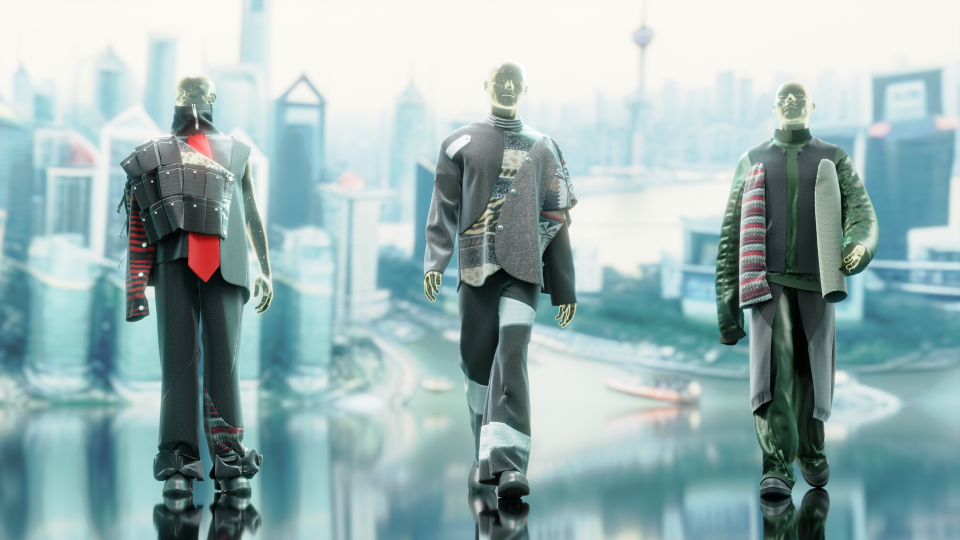

The immersive experience is open to all users, from desktop or mobile devices. They can access the school’s metaverse space, watch the show and also delve into the creative process behind each collection or interact with it through a gamification element, inviting them to style their avatars with items from different lines. ups or change background.
Users can also vote for their favorite collection, which will contribute to the preferences of a jury of luxury sector professionals who will be asked to judge the students’ work based on various criteria, including best execution and customization, among others. The winner receives extra guidance from the school, which also facilitates the opportunities to work with brands.
Istituto Marangoni already played with a phygital format last year to mark the opening of its Dubai campus, when a student fashion show was staged both IRL and in the metaverse space via a 3D catwalk and realistic avatars of each model and look.
Valenti emphasized the importance of the new project to provide students with even more skills, further enhance their creativity and prove the possibilities and benefits that technology offers to both young talents and companies. For example, she praised the positive implications in terms of sustainability – with less waste being generated during the creation of fashion prototypes, for example – and on encouraging talent to take risks. “It really encourages bold choices, they are less afraid of making mistakes,” says Valenti.
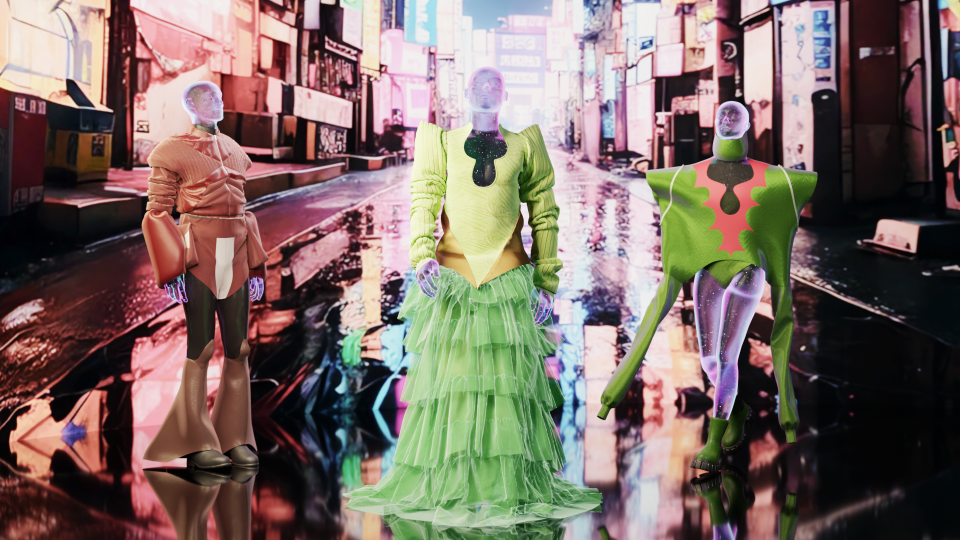

“We see digital as the improvement of the physical. These two worlds are no longer separate, but must come together. They feed off each other and create creative potential to the nth degree,” she said.
The director said the school had already embarked on such a journey during the pandemic, when it revisited and updated courses to integrate new technical tools with the mission to further empower talents in their training experience. “But the theory wasn’t enough; we felt they needed a good gym to train and experiment,” Valenti said.
Therefore, the school will soon launch laboratories in its metaverse space. While the accessible pavilions on the platform have so far mainly included areas dedicated to collecting information about courses and showcasing the work of the best students and projects in collaboration with companies, the intention is now to introduce digital counterparts offer classes such as pattern making and product design and visual merchandising, among others.
“Last year our metaverse space was like a window, now we are bringing lessons into it,” said Valenti, as a demo showed an interactive space reminiscent in its colors of the classrooms of Istituto Marangoni. She pointed out that each student will have their own avatar and they can all attend the same class from different campuses, creating the opportunity to network across physical boundaries.
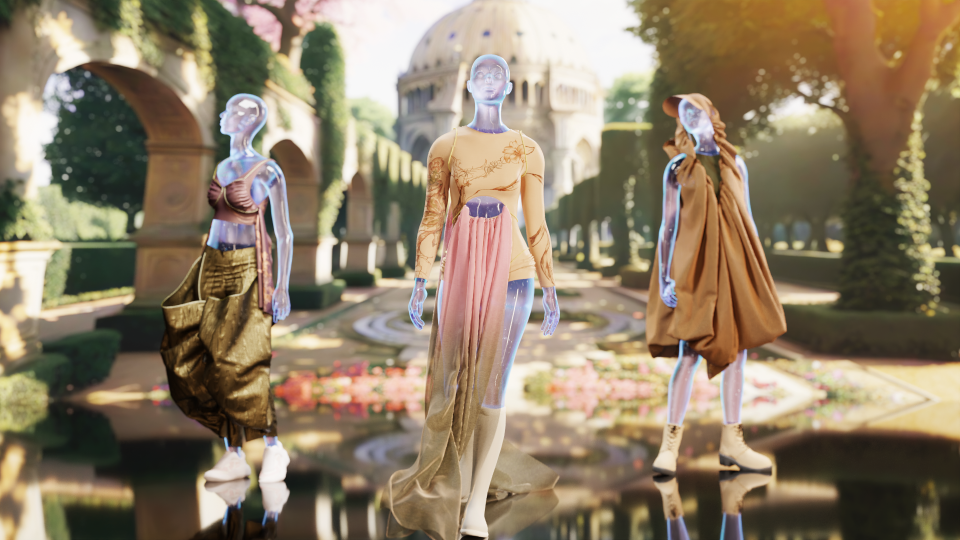

The immersive lessons will be accessible via desktop and VR and will feature a high element of ‘gamification to explain how things are made’, as in the case of the pattern making course which will use a digital library of 45 fashion patterns commonly taught in fashion design. students in their first year.
“We think this approach makes them more involved. Ultimately, gaming is semiotics, their language, which is completely different from ours,” Valenti said.
The director underlined that another goal is to increasingly invite brands to experiment with the school and its students. She emphasized that the overall effort of Istituto Marangoni is aimed at answering the sector’s demand for better professional figures, equipped with advanced digital and technical tools and able to bring innovation to companies.
First, the master course “digital design for immersive experiences” launched last year caught Ferrari’s attention. The brand asked students to propose a new concept for an experiential temporary store in Milan, which could include interactive elements. A collaboration with Poltrona Frau challenged interior design students to imagine living concepts on Mars developed in a context of limited resources, in an exercise that could stimulate their creativity in finding alternative solutions and thereby also designing real houses on a more sustainable way.
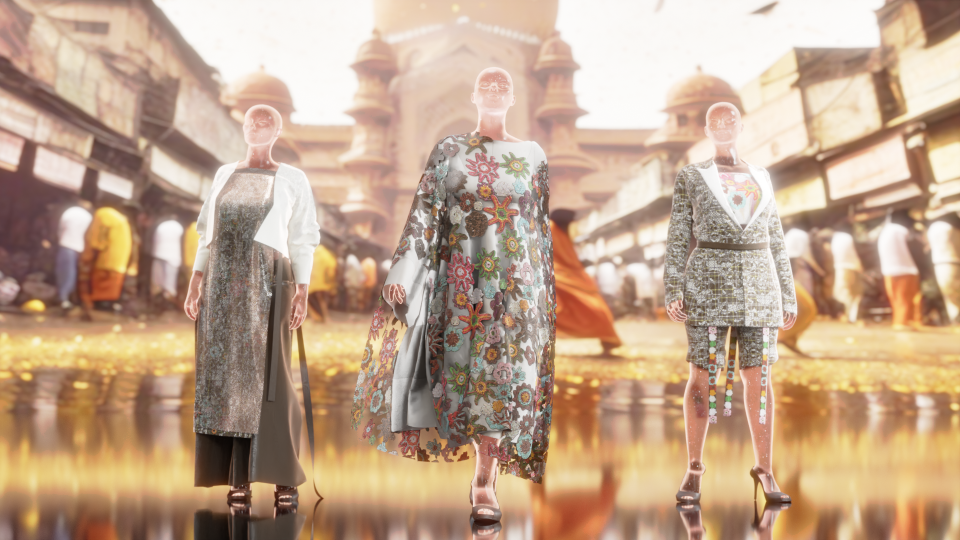

In addition to the campuses mentioned above, Istituto Marangoni has a school in Miami, which is currently offering a full program to celebrate Art Basel.
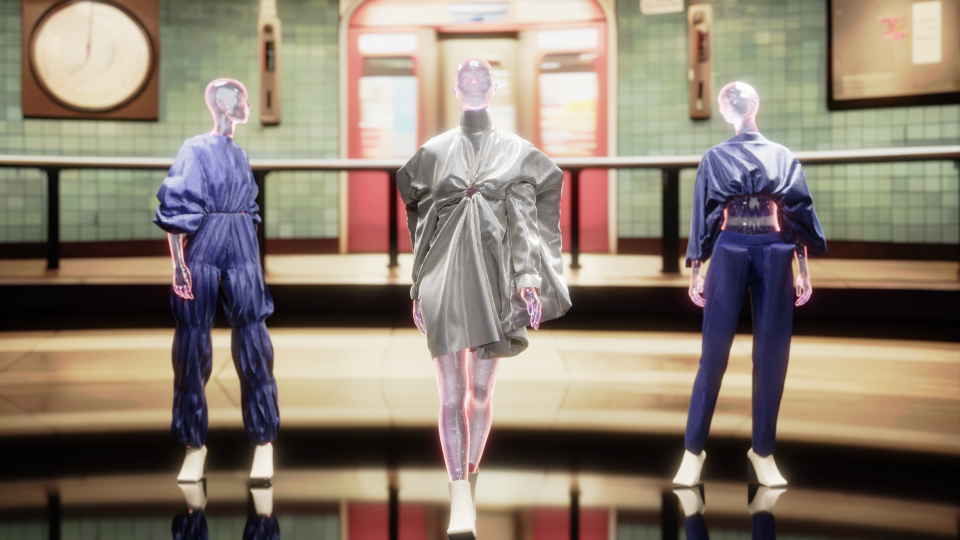

Founded in 1935, Istituto Marangoni is controlled by Galileo Global Education Italia, the Italian arm of the international private higher education company GGE. Private schools operating under the umbrella of GGE Italia in the fields of fashion, art and design also include Nuova Accademia di Belle Arti – better known as NABA – and Domus Academy.
The best of WWD